 The great thing about the Viral Video Phenomenon is that you don’t need a professional film crew. Let your imagination be Director and your “sense of fun” do the scripting.
The great thing about the Viral Video Phenomenon is that you don’t need a professional film crew. Let your imagination be Director and your “sense of fun” do the scripting.
Although it is virtually impossible to create a Web marketing program that is guaranteed to go viral, according to David Meerman Scott and other pundits, you can stack the deck in your favor by (a) following some guidelines and (b) avoiding the pitfalls.
PR student Synang Chhan wrote this guest post on “Helpful Tips for Going Viral on YouTube” as a result of her classroom research:
Give People Something To Talk About
by Synang Chhan
The whole point of going viral on YouTube is to create a piece of content that goes beyond mediocre videos. The focus is to get people talking about and sharing the content. Here are some Do’s and Don’ts to make that happen:
The Nine DO’s
1) Define the audience: Think about the types of viewers that your video is trying to reach and give them something to talk about with their friends, family, and peers. Keep in mind their thoughts and feelings to create positive feedback. Top Ten Videos list
2) Generate a viral trigger: Pick and choose an element that will “hit the spot.” Start with something shocking and/or hilarious and/or completely unique to get the buzz going. Manhattan Bridge sways with subway traffic
3) Stay homemade: Make sure to be yourself. The best way to gain the audience’s trust is to show a natural and organic personality, so the audience sees a real person, not a robot. Fellow student Christine Ferraris promotes “‘new” company
4) Mimic a public figure: Involving a celeb-inspired imitation may lead to viral success. People take pleasure in getting a kick out of their favorite stars goofing off antics; better yet, people enjoy watching celebrity imposters because there is the added element of checking out how close the copier can get. Also, the high publicity value of public figures makes them especially easy to search for. Who can forget Tina Fey as Sarah Palin
5) Take it to the Max: With more than a million videos uploaded worldwide, you have to give yours something extra to even get noticed. Yours needs to be TEN TIMES BETTER — 10 x Funnier — 10 x More Exhilarating — 10 x More Original — 10 x More Inspirational! The Law of Attraction
6) Bring the exposure to your audience: The purpose of the viral video is to share the content. On the other hand, DO NOT WAIT for people to find your content. Even the most creative videos on YouTube can go unnoticed as a result of lack of exposure. Seeking a platform approach to viral sharing is a good idea. some suggestions are Digg, StumbleUpon, HeySpread, Facebook, Twitvid, and TubeMogul in additiaon to YouTube. Viral Video Blog
7) Make it portable: Allowing the video to be shared easily is to make it portable, downloadable, and obtainable. Moreover, allocating friendly links to your video will make it simple for people to spread it effectively. A site for the funniest videos
8- Timing is necessary: Keep in mind that luck and timing is essential because most videos are often “stumbledupon” by someone who then passes it on to another person who passes it on, and so on. Basically, you will need to be in the right place at the right time in order to have the potential for that viral spread. In the meantime, you can acquire lots of views to happen fast after upload by making the front page of Digg or as a YouTube Video of the Week. Top rated videos on Digg
9) Track the viral activity: Since your video has hit the web, you may want to track where all the downloading activities are coming from. many sites such as Unruly Media, Google, or YouTube Insights can tell which keywords people use to find your video, which then helps you effectively advertise it. Unruly Media and YouTube Insight
And NOW what you should NOT do if you really want to go viral
1) DON’T create a fake campaign: Being REAL is essential. If you act insincerely, people can tell. You will be misrepresented in a way that will hurt, not help. Be who you are, not someone you are not.
2) DON’T be a commercial: While a few companies have been able to produce viral commercial videos, most do not make it. Audiences are looking for something to talk about, not something to buy.
3) DON’T post bad quality: While your videos don’t have to be professional, if the quality is too poor, that can be a big turn-off. Keep the style of America’s Funniest Home Videos as a model, not The Blair Witch Project.
4) DON’T make the video too long: When videos play more than five minutes, viewers will stop watching and look elsewhere — in most cases, but not all. Susan Boyle and the Battle at Kruger both went on for more than 7 minutes but were so great that viewers keep coming back.
5) DON’T mislead the content with an SEO title: Keywords in a title will not guarantee viral success and may backfire by misleading the viewer. No one wants to waste time clicking on a video for one reason and then seeing something totally different. You will lose credibility and earn a bad reputation.
6) DON’T pick an unappealing background: If your background is all plain, it will give your video a plain vibe. If you film in a home office with a messy desk, most people will think you are lazy and unorganized. First impressions do count.
7) DON’T keep your videos to yourself: Distribute to EVERYONE you know and to all the social bookmarking sites.
8- DON’T be negative about competitors: Keep your videos classy and sophisticated by avoiding trash talk, which will only be viewed as rude, disrespectful, and in bad taste.
9) FINALLY, DON’T Stop Having Fun!: Although you may have serious messages to get across, adding fun can make all the difference.
Now Just Do It!
Next post: Future of Advertising AND YouTube
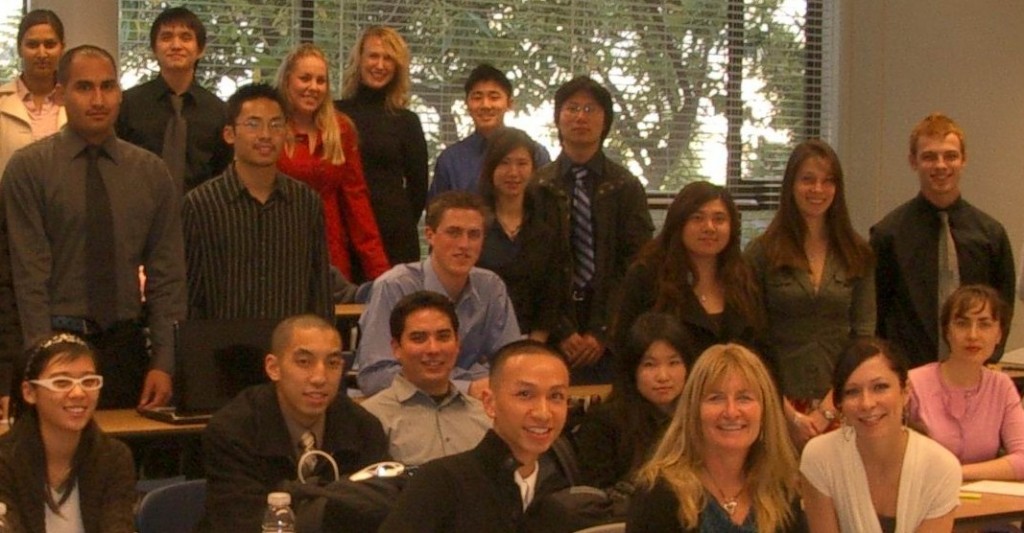
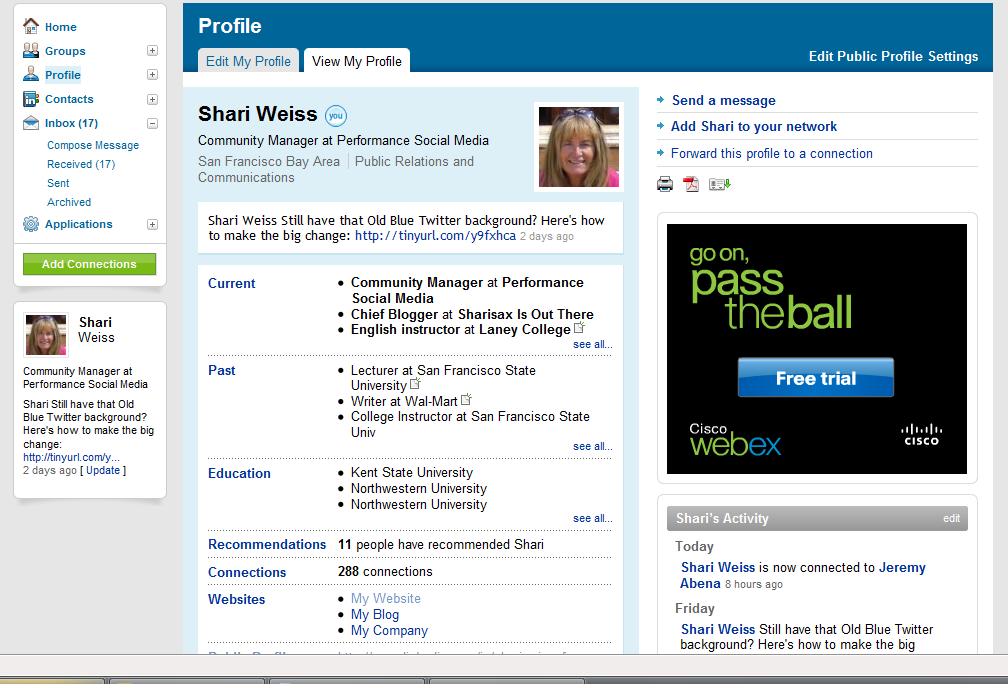
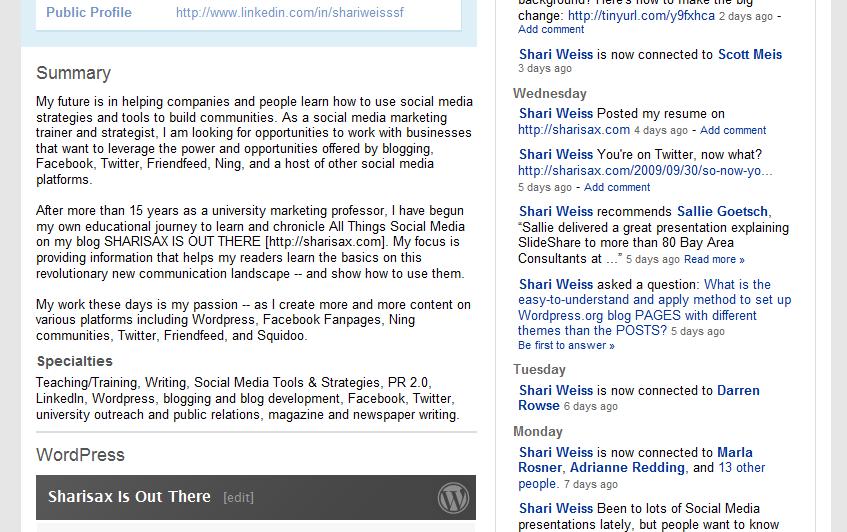

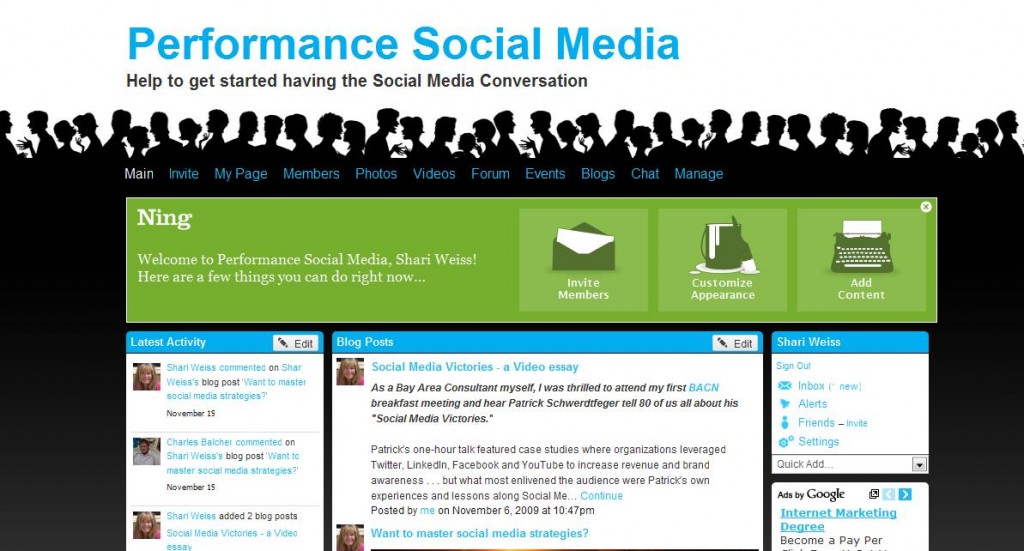
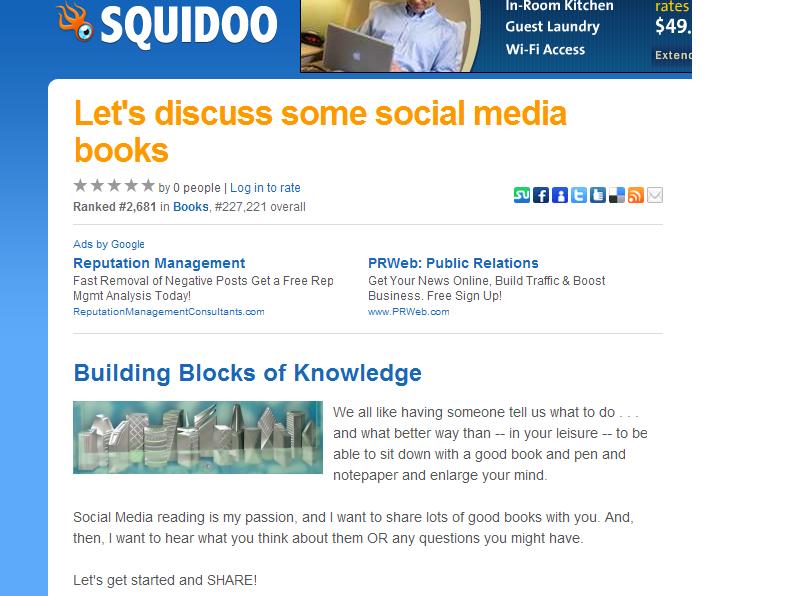




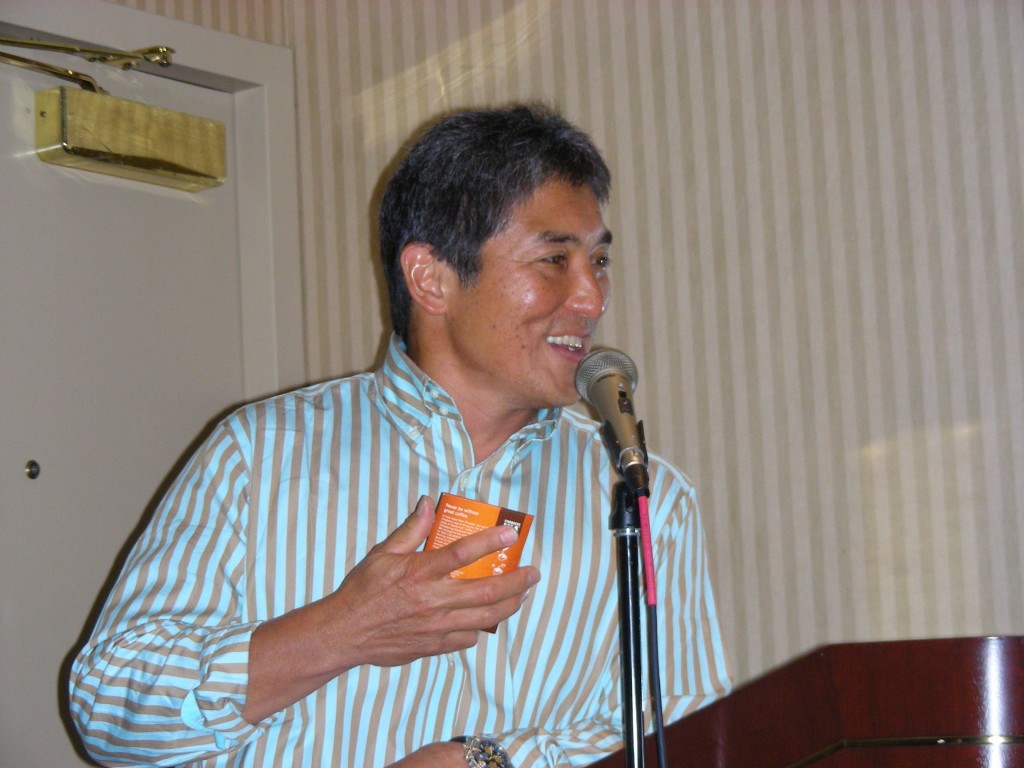







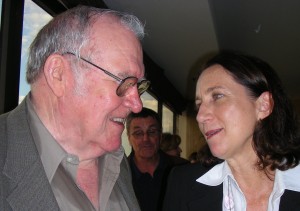
![Cory_O'Brien[1] Cory O'Brien said the panel reconfirmed his opinion that marketing has changed dramatically](http://sharisax.com/wp-content/uploads/2009/08/Cory_OBrien1-150x150.jpg)



